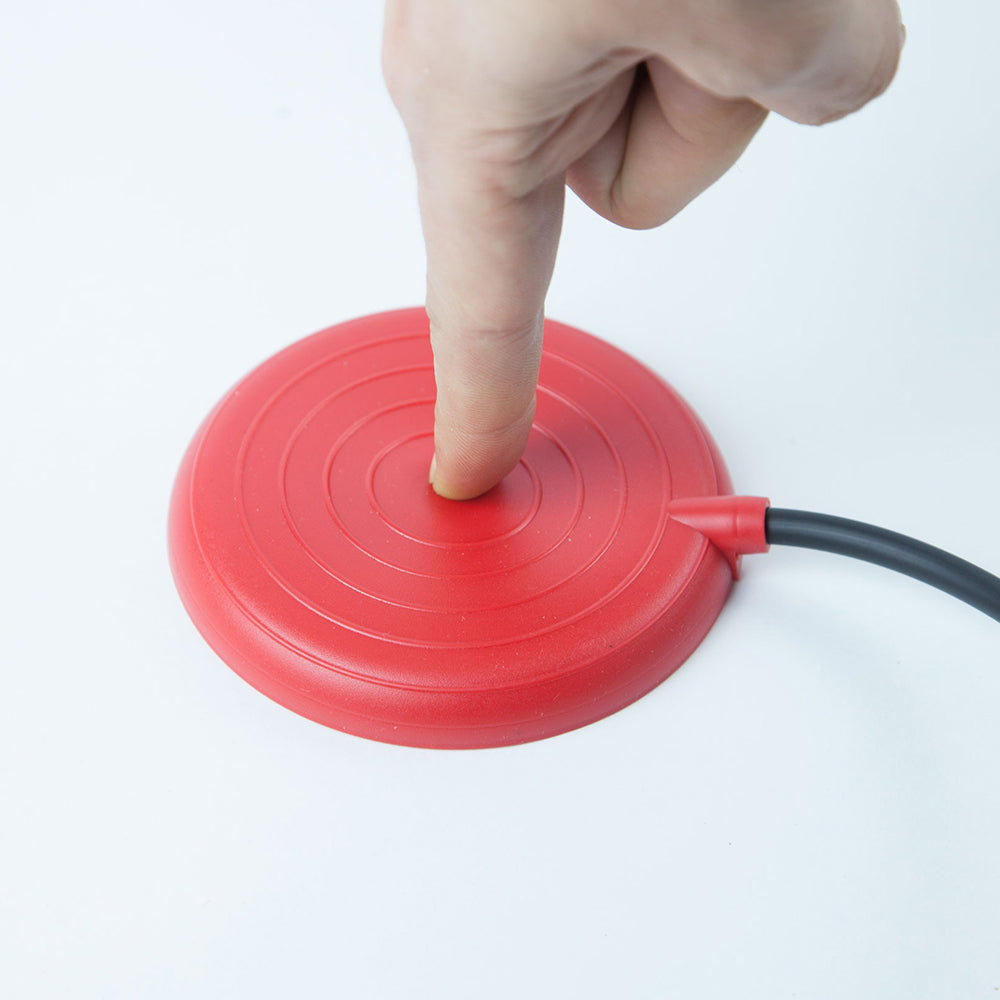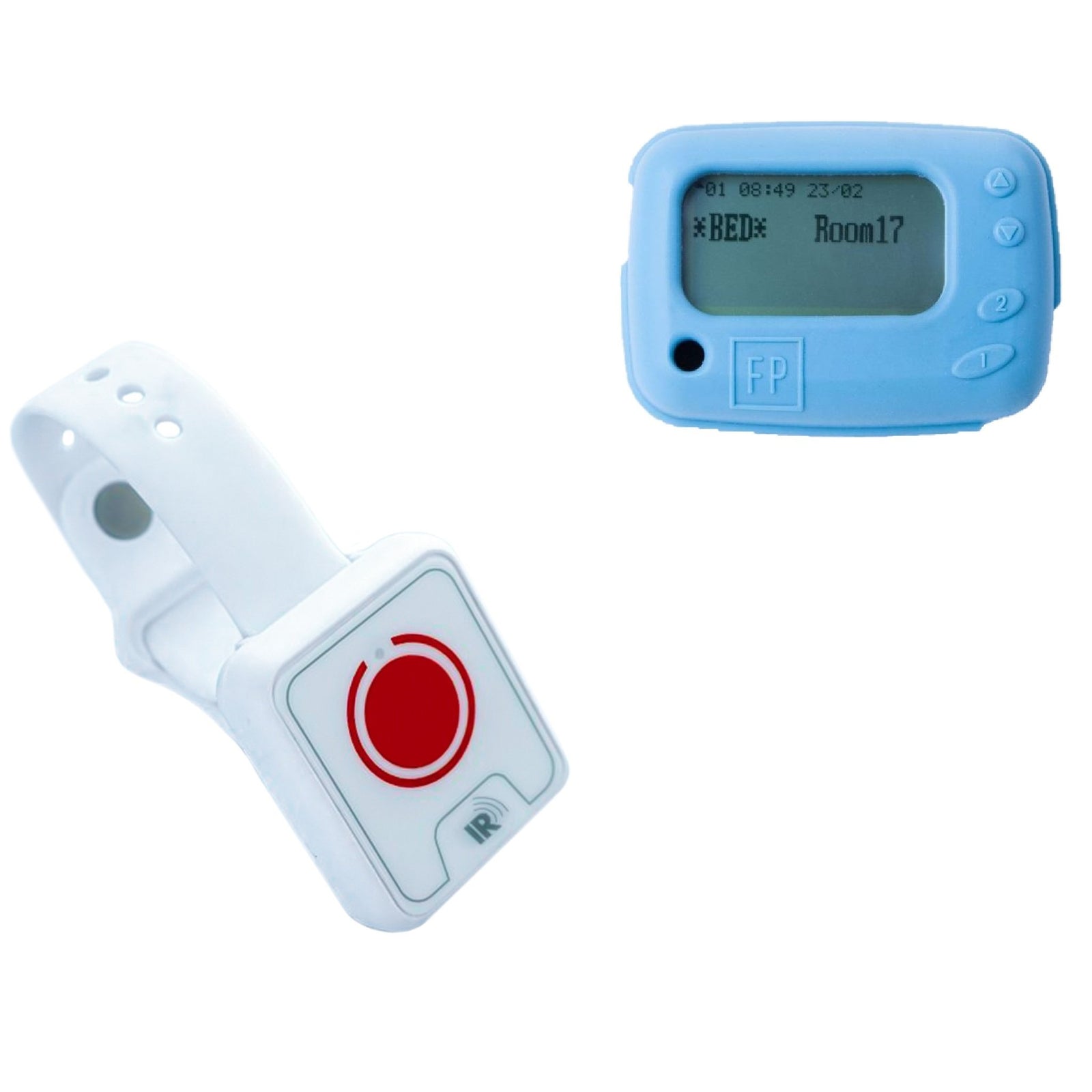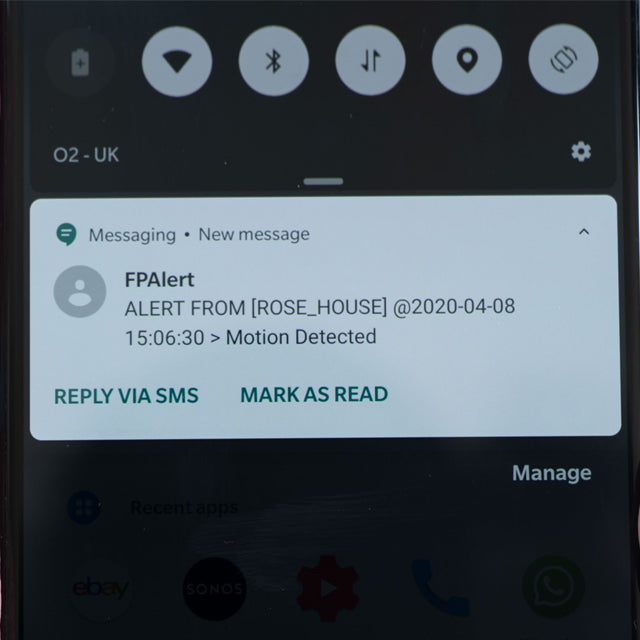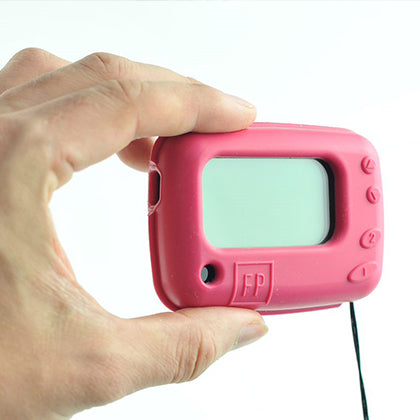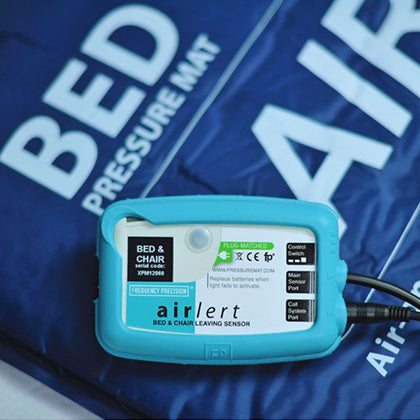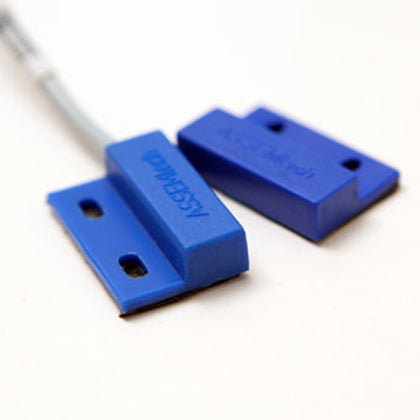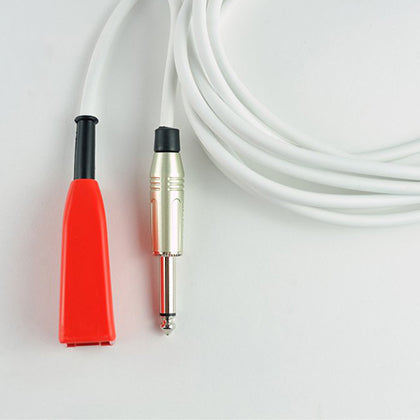Choosing the right sensor

There are a number of sensors on the market which will detect various types of seizure by monitoring different symptoms - such as abnormal movements, changes in heart rate, breathing noises and urination.
It can be a bit confusing to decide which sensor is right for you and we hope to make the process as simple as possible.
When choosing a sensor you should consider what symptoms the person has during a seizure, where they are likely to have a seizure, and whether or not they will be able to tolerate the sensor. It is important that you choose the most appropriate sensor for the individual and you can see a summary of the different sensors on the market here.
A sensor to detect seizures in bed
We offer an easy to use convulsion sensor that detects repetitive movements in bed, such as those that occur during a tonic-clonic seizure. The product can be supplied with a pager which can be carried by the carer around the home or it can be connected to an existing nurse call system. The sensor has evolved over several years based on feedback from our customers and we have found that simplicity of use is the key to creating a reliable sensor. Our sensor can be used to monitor for seizures when a person is in bed.
Resources and support
There are two main organisations who can offer support and advice to people with epilepsy and their carers.
Epilepsy Action is a charity and has a number of useful resources including:
- a directory of local epilepsy support groups
- a free helpline (0808 800 5050 or e-mail helpline@epilepsy.org.uk)
- general advice and information
The Epilepsy Society has a telephone helpline (01494 601 400) and an e-mail helpline (helpline@epilepsysociety.org.uk).

